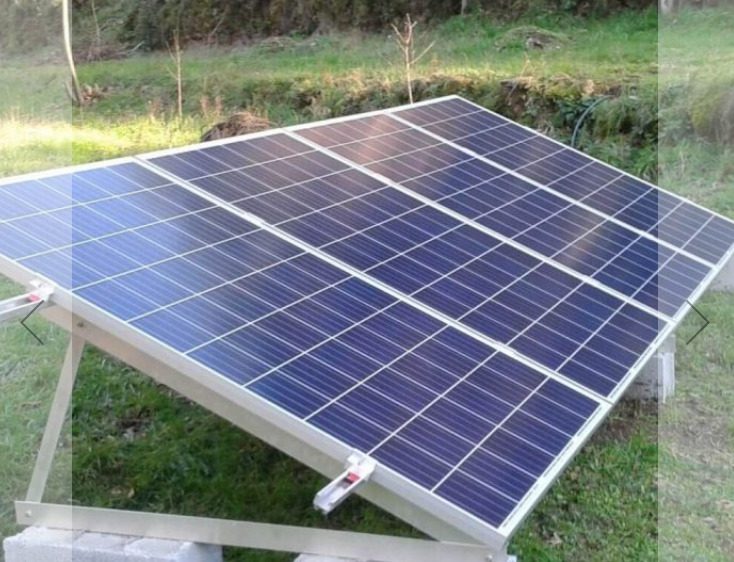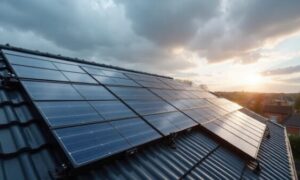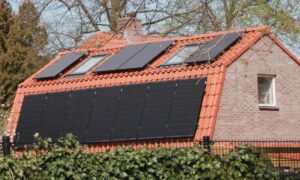You can maximize the output of solar panels by choosing the direction in which they are oriented. The greater the output, the more fossil fuels they displace. However, if you are uncertain about which direction to align your panels, it is better to go for the maximum output. This will result in an output that exceeds 99.9% of their potential output. To find out which direction to align your solar panels, check their output range.
Alignments of solar panels:
When planning your solar panel insatallation, one of the most important factors to consider is how to align them to receive the maximum amount of sunlight. While the best direction for an array is east-west, south-facing panels are a more reasonable option. Most engineers consider northeast-facing modules a fundamentally unsound PV system. Even if the sun is directly overhead, there are a few ways to align solar panels for maximum electricity production.
In addition to the overall orientation of the panels, the tilt and slope are also very important. While the tilt of the roof is not nearly as crucial as optimal alignment, a panel that is at a 45-degree angle will still receive 75 percent of its energy. In general, the best location is where your solar panels receive the most sunlight. It is important to align solar panels in a way that maximizes their output regardless of the angle.
One important factor to consider is how much sunlight your solar panel will receive in the winter. While solar panels work well in cold temperatures, a dip in energy production is normal. If snow covers the solar panels, it will reduce their efficiency. In cold climates, the best alignment is to install the panels at an angle that is higher than latitude. Otherwise, you can leave one angle alone and adjust it a few times per year.
Verticle alignment:
Depending on your latitude, you may be wondering how to perfectly align solar panels for maximum electricity output. Winter solar panels, for example, will work better at a lower latitude. However, if you live in a cold climate, your solar panels will suffer a decrease in total energy production during winter months. Snow can cover them, reducing their power output. To avoid this, install your solar panels at an angle greater than their latitude.
If you install solar panels vertically then ideally this formation uses less space than traditional solar panel installation. Also for a small space you can generate more electricity than horizontally aligned solar panels. Here is a review of online solar learning resource that can help you align vertical solar panels. Check out Backyard Revolution Reviews
The optimum direction for your solar panels is between the south and the west. This direction will ensure they receive maximum sunlight throughout the day. If your roof is facing the wrong direction, surface mounted panels are your best bet. The direction of your solar panels may not be important, but the angle they are inclined will help offset the effects of the sun’s rays. In general, solar panels that face true south will produce more electricity than those facing west or the north.
For the most effective solar panel output, make sure they are not shaded by trees or other buildings. The sunlight needs to fall across the entire panel to fully charge the cells. Look around the panels and note any shadows that can occur. If you see any, adjust them accordingly. A few times a year will keep them properly aligned for maximum energy production. Once you’ve mastered the art of perfect alignment, you’ll be surprised at how much energy you can produce from solar panels.
Explain alignments of solar panels:
To maximize the electricity your solar panels produce, you should know how to align them for optimal sunlight exposure. Unlike traditional panels, which are fixed to one direction, tracking systems can be installed to move them according to the seasons and sun’s angle. This can give you up to 10% more power a year. The angles of the sun’s entrance to solar panels are called azimuth and latitude. Generally speaking, solar panels are most effective when they are oriented 90 degrees to the sun.
Aside from the orientation of the panels, another important aspect is the angle of the solar system. The sun’s angle is the most important factor in producing energy from the solar panel. For the best results, solar panels are oriented at an angle as close to perpendicular as possible. In northern hemisphere winter, the sun is lower in the sky, and so an angle of 60 degrees is optimal. In southern hemisphere summer, the optimal angle is about 20 degrees.
If you’re using your solar panels for self-consumption, facing the south will give you the highest amount of sunlight in the morning and the least during the late afternoon. And in the French Alps, a solar array with DualSun panels oriented east/west is optimal.



































